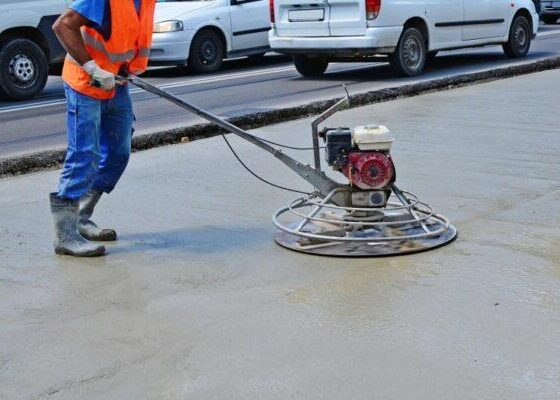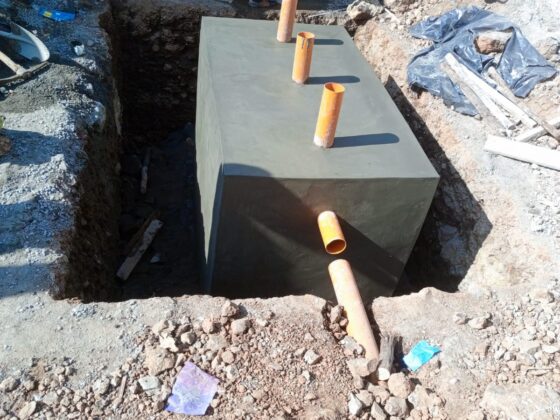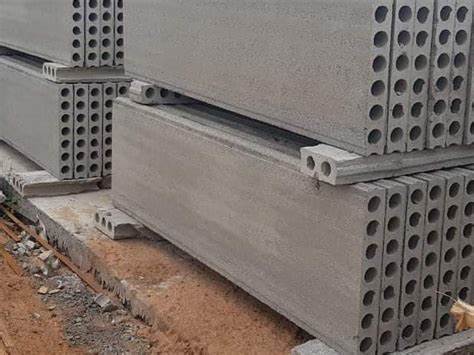Septic tanks are waste management systems that are favoured for areas that do not have a connection to the main sewer network. They are usually a step up from the traditional pit latrines and when operating well are a passive method of dealing with waste from residential use. They can be rectangular or circular, and made from various materials such as concrete, plastic or even fibre glass.
Note that these are different from biodigesters and if you want to learn about commonly used biodigesters, use this link
They have the ability to treat both black water (toilet waste) and grey water (Kitchen waste and shower water). They work under the simple mechanism that the waste that comes into the septic tank is given time that allows it to digest anaerobically (without exposure to oxygen). The retention time (amount of time waste remains in the system) is usually increased by the septic chambers through which the waste goes through. The first chamber allows for sedimentation/settlement of solid waste, while the second chamber allows for further digestion. The sediments are emptied once the septic tank is full usually once over a period of a year or longer.
When the waste increases in level, the tank releases an effluent which is still considered unsafe (semi treated) to be let into the environment.
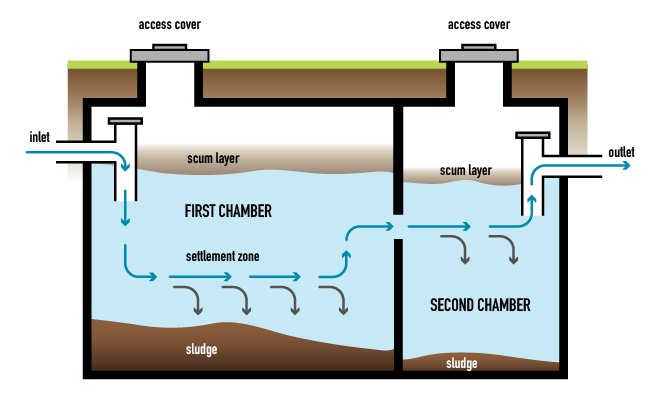
This effluent is typically led to a soak pit, which is a structure that is filled with stones that allow the waste to trickle down allowing for further treatment as the effluent penetrates into the ground. The effluent is then further treated by the soil and its microorganisms. Where soak pits are not used, the effluent can be directed to a constructed wetland which also allows the waste to infiltrate into the ground. These constructed wetlands are then used to support vegetation which helps use up the water.
One of the main advantages of septic tanks is that they can be adapted for different numbers of people. It can serve 0-5 people with the same efficiency it can serve 200 people if well designed. It is also a passive system when efficient with emptying required one in a year or more.
This forms one of the main ways one can tell if a septic tank system is malfunctioning or not working well as envisioned. If you find that you need to exhaust a one year system every three months, this means that the rate of absorption/infiltration from the system could be low.
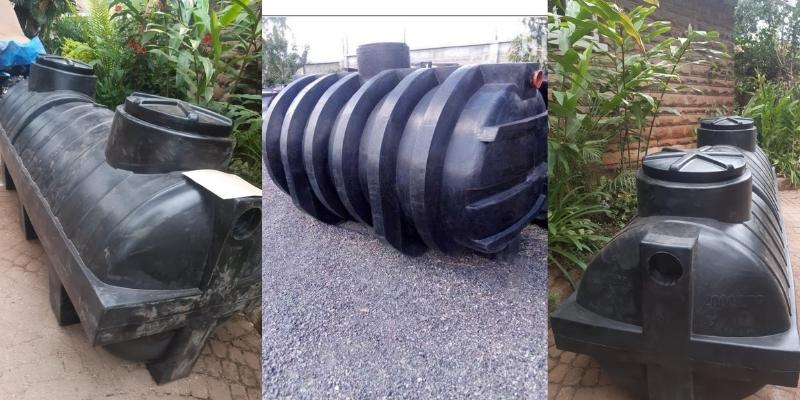
The rate of infiltration is a factor that affects the working of these systems as they need to be able to release effluent at a rate higher than the waste is coming if. If you could imagine a system, where waste water comes in at a higher rate than the rate at which effluent leaves the system, the tank will fill up in a shorter period of time requiring honey sucker services.
The fast filling rate also affects how much retention time the waste has and therefore reduces the amount of decomposition that the waste undergoes. This means that the effluent will have more raw sewage that the effluent that has been in the system for long.
This is one of the major causes of failure in apartment waste management units where high waste generation overwhelms the capacity of the system leading to overflow. The effluent from these systems is not considered safe to release to the environment.
I hope this article has been useful on how septic tanks work. Stay tuned to learn how to construct a septic tank (important factors to consider) and how to learn if your septic tank is failing.



